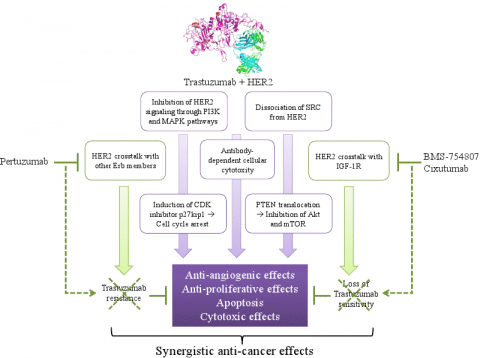From protein interaction networks to novel therapeutic strategies

Jaeger S, Aloy P, Cellular mechanisms that sustain health or contribute to disease emerge mostly from the complex interplay among various molecular entities. To understand the underlying relationships between genotype, environment and phenotype, one has to consider the intricate and non-sequential interaction patterns formed between the different sets of cellular players. Biological networks capture a variety of molecular interactions and thus provide an excellent opportunity to consider physiological characteristics of individual molecules within their cellular context. In particular, the concept of network biology and its applications contributed largely to recent advances in biomedical research.
IUBMB Life,
2012
In this review, we show (i) how biological networks, i.e., protein-protein interaction networks, facilitate the understanding of pathogenic mechanisms that trigger the onset and progression of diseases and (ii) how this knowledge can be translated into effective diagnostic and therapeutic strategies. In particular, we focus on the impact of network pharmacological concepts that go beyond the classical view on individual drugs and targets aiming for combinational therapies with improved clinical efficacy and reduced safety risks.
Pubmed: 22573601
Direct link: 10.1002/iub.1040
